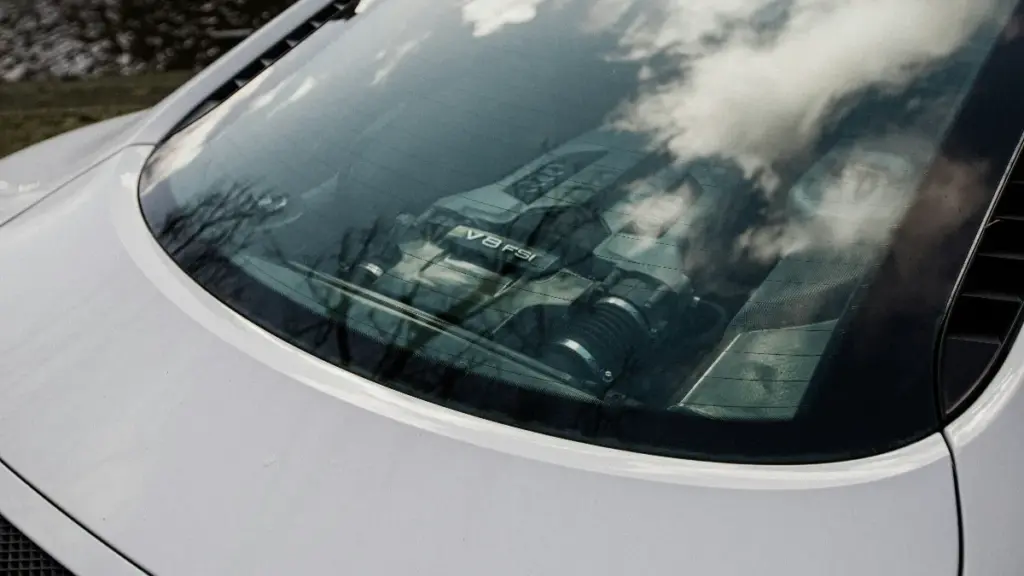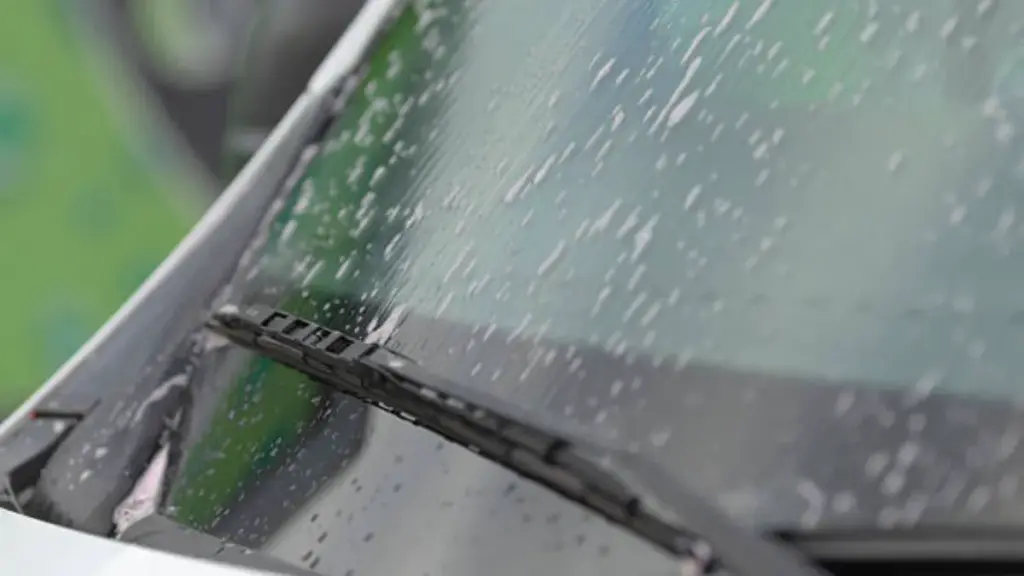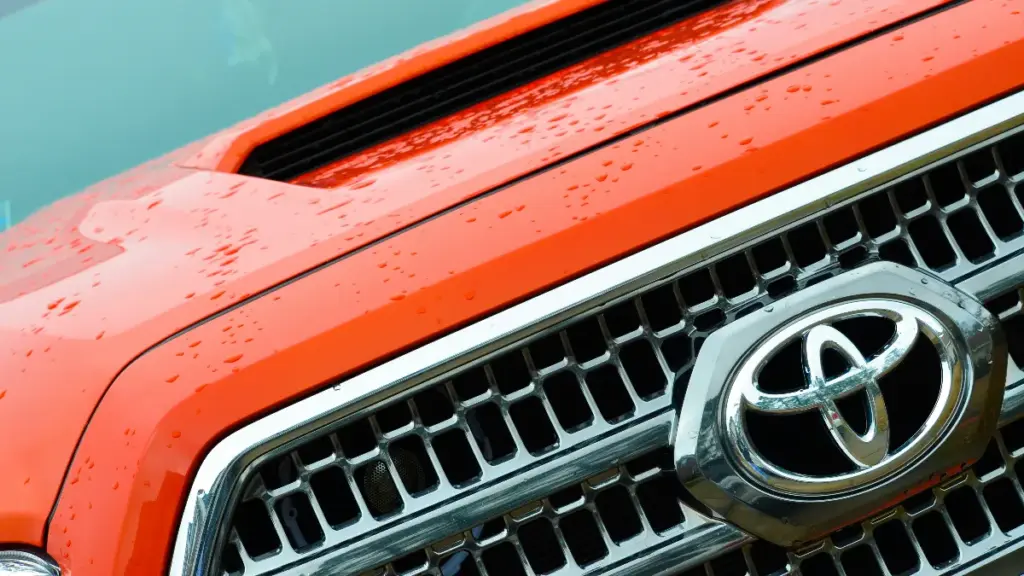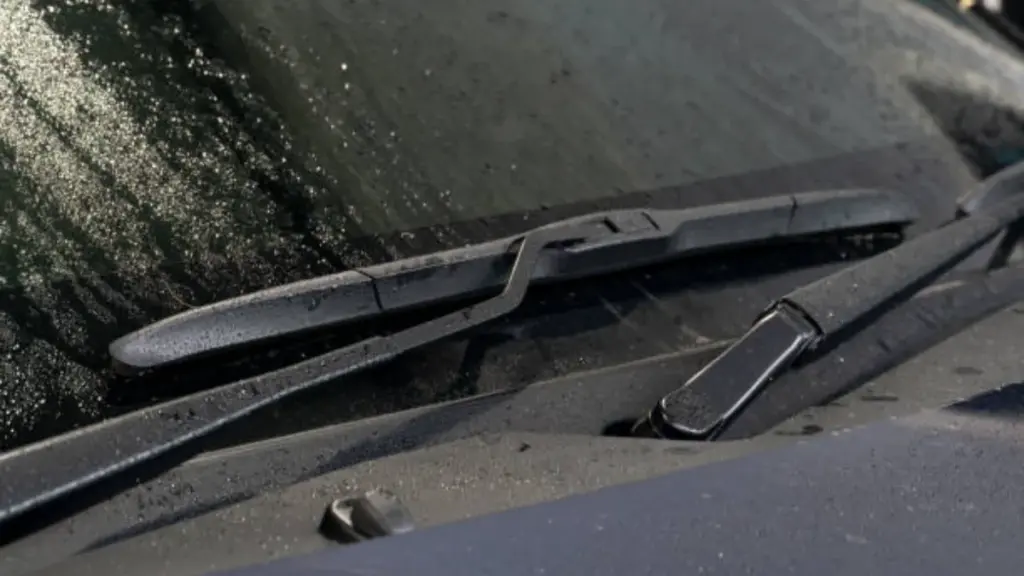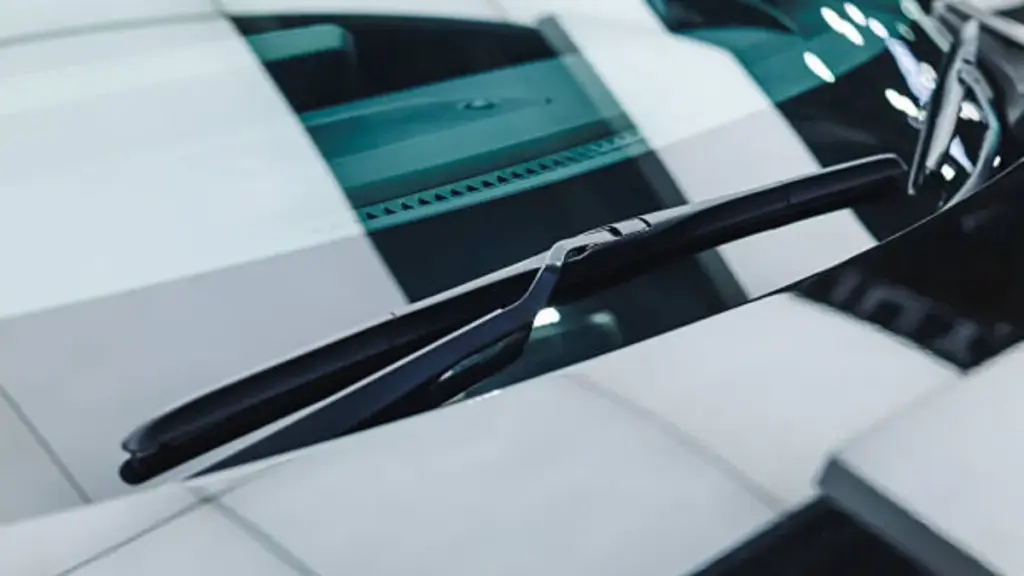Di pagi hari hujan, Anda menyalakan wiper kaca depan dan melihat garis -garis dan apusan yang menghalangi pandangan Anda. Ini adalah masalah umum yang bisa membuat frustrasi dan berbahaya. Jika Anda pernah mendapati diri Anda bertanya -tanya jenis bilah penghapus apa yang saya butuhkan untuk memastikan pandangan yang jelas dalam segala kondisi cuaca, Anda tidak sendirian. Panduan ini akan memandu Anda melalui opsi blade wiper yang berbeda, Membantu Anda membuat pilihan yang tepat dan menjaga kaca depan Anda tetap bersih, Tidak peduli seberapa parah cuaca.

Tiga jenis bilah penghapus
Pasar menawarkan berbagai bilah penghapus, masing -masing disesuaikan dengan kondisi cuaca tertentu dan jenis kendaraan. Meskipun mereka semua melakukan fungsi dasar yang sama, Desain dan fungsionalitas mereka bervariasi, mempengaruhi efektivitasnya. Di bagian ini, Kami akan mengeksplorasi perbedaan ini untuk membantu Anda menentukan jenis wiper untuk mobil saya yang paling cocok untuk kebutuhan Anda.
Bilah Penghapus Konvensional
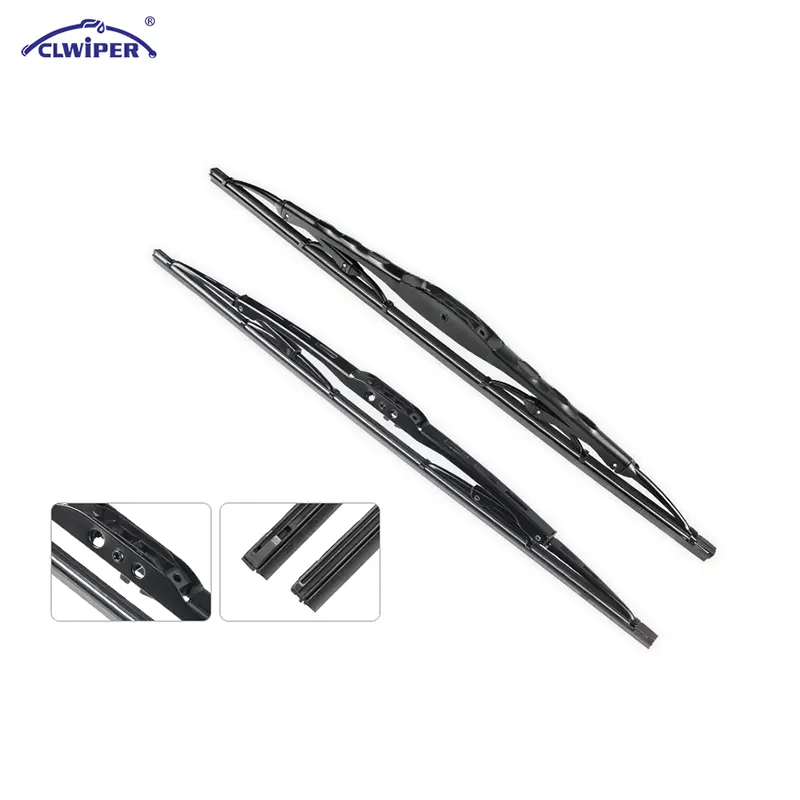
Bilah penghapus konvensional, Seringkali standar untuk kendaraan yang lebih tua, memiliki kerangka logam yang mendukung tepi penghapusan karet. Mereka menampilkan tepi penghapusan karet yang didukung oleh yang tersegmentasi, Armature multi-point. Desain klasik ini memastikan blade ini mempertahankan kontak yang konsisten dengan kaca depan, Memberikan kinerja penghapusan yang andal. Strukturnya langsung, dengan dukungan logam yang memungkinkan beberapa titik tekanan untuk meningkatkan efektivitas.
Pro dan kontra
Pro:
- Hemat biaya dan ramah anggaran
- Mudah diganti dan dipasang
- Tersedia secara luas untuk berbagai kendaraan
Kontra:
- Rentan terhadap penumpukan es dan salju
- Kurang aerodinamis, menyebabkan hambatan
- Mungkin lebih berisik dari desain yang lebih baru
Kapan Memilih Bilah Wiper Konvensional?
Bilah penghapus konvensional sangat ideal jika Anda berkendara di daerah dengan kondisi cuaca ringan dan salju tebal yang jarang. Mereka paling cocok untuk mereka yang menghargai keterjangkauan dan kesederhanaan. Jika Anda kebanyakan menghadapi hujan ringan atau kondisi kering, Bilah konvensional menawarkan kinerja yang andal tanpa biaya alternatif canggih yang lebih tinggi.
Bilah penghapus datar
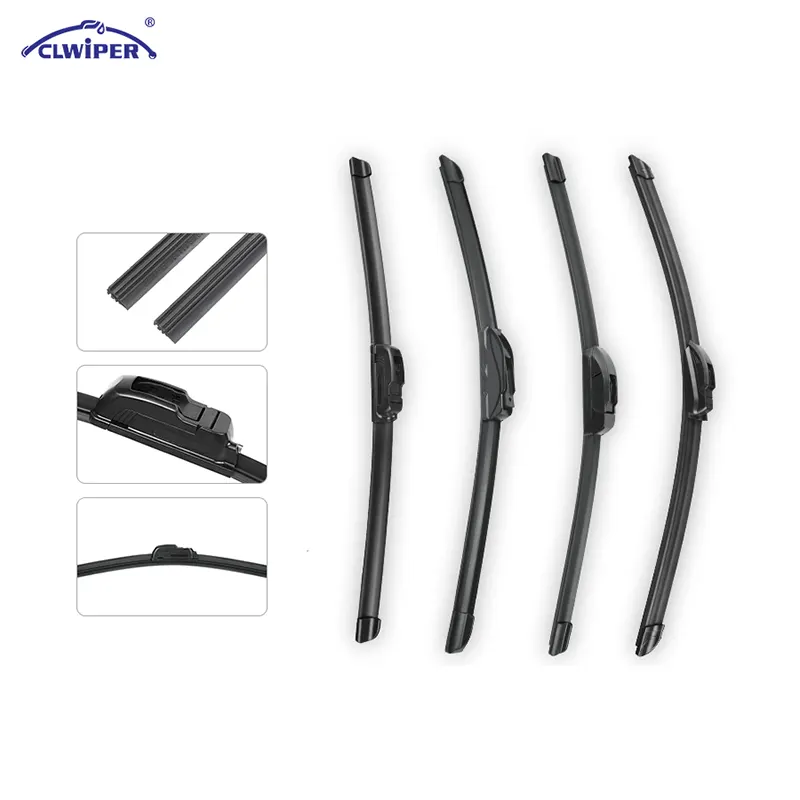
Bilah penghapus datar, juga dikenal sebagai Bilah penghapus balok, mewakili evolusi modern dalam teknologi penghapus. Tidak seperti bilah konvensional, Mereka tidak memiliki kerangka kerja logam dan sebaliknya fitur ramping, Desain aerodinamis. Bilah ini menggunakan fleksibel, pegas tegang yang tertanam di dalam karet, memastikan distribusi tekanan bahkan di kaca depan. Desain ini meminimalkan pengangkatan angin dan seret, Memberikan kinerja penghapusan yang lebih efektif, Terutama pada kecepatan yang lebih tinggi.
Pro dan kontra
Pro:
- Aerodinamik dan mengurangi pengangkatan angin
- Efektif dalam hujan lebat dan salju
- Kurang rentan terhadap penumpukan es
Kontra:
- Biaya yang lebih tinggi dibandingkan dengan bilah konvensional
- Bisa kurang kompatibel dengan beberapa kendaraan yang lebih tua
- Mungkin memiliki lebih kaku, Tepi Wiping yang kurang memaafkan
Kapan Memilih Bilah Wiper Datar?
Jika Anda mencari bilah penghapus teratas untuk musim dingin, Bilah penghapus datar adalah pilihan yang kuat. Ketahanan mereka terhadap penumpukan es dan kinerja yang efektif di salju tebal dan hujan membuatnya ideal untuk kondisi cuaca yang keras. Untuk pengemudi yang menghadapi cuaca musim dingin yang parah atau sering berkendara dengan kecepatan tinggi, Bilah datar memberikan visibilitas dan keandalan yang ditingkatkan sepanjang musim.
Bilah Penghapus Hibrida
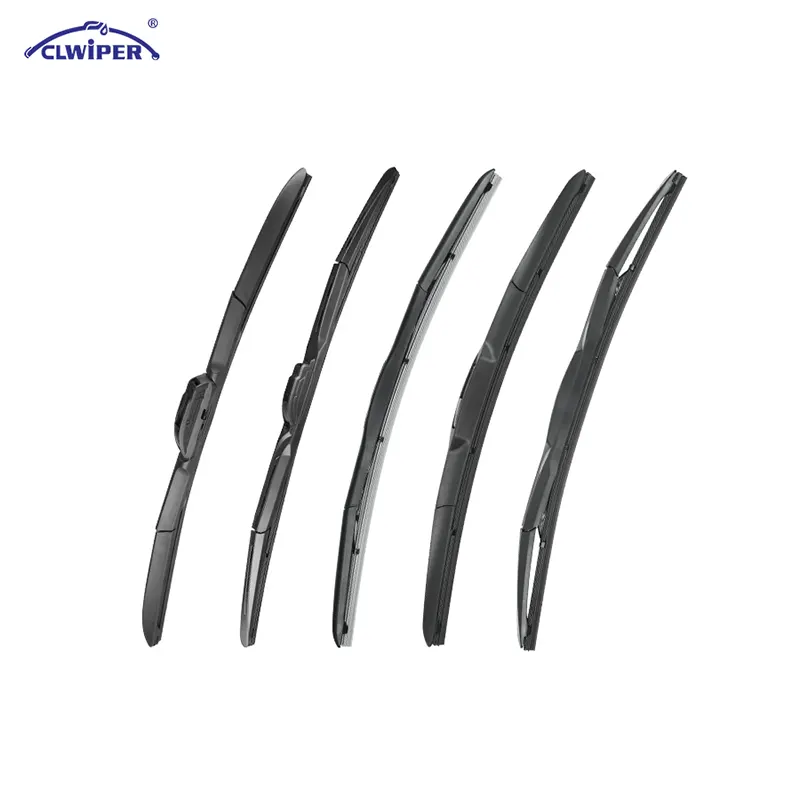
Bilah penghapus hibrida Gabungkan manfaat dari desain penghapus konvensional dan datar. Mereka menampilkan bingkai logam yang kuat yang mirip dengan bilah konvensional tetapi dengan aerodinamis, penutup ramping seperti bilah datar. Desain ini menggabungkan elemen karet yang fleksibel dengan pegas yang tegang bawaan, memungkinkan untuk distribusi tekanan yang merata di kaca depan. Konstruksi hibrida meningkatkan daya tahan dan kinerja, Menawarkan kekuatan bilah konvensional dengan efisiensi dan ketahanan terhadap kondisi cuaca flat bilah.
Pro dan kontra
Pro:
- Menggabungkan daya tahan dan efisiensi aerodinamik
- Efektif dalam berbagai kondisi cuaca
- Mengurangi penumpukan es dan salju
Kontra:
- Harga lebih tinggi dibandingkan dengan bilah konvensional
- Mungkin memiliki masalah kompatibilitas dengan beberapa kendaraan
- Bisa kurang fleksibel dalam suhu ekstrem
Kapan Memilih Blade Wiper Hybrid?
Bilah penghapus hibrida sangat ideal jika Anda membutuhkan opsi serbaguna yang berkinerja baik di semua kondisi cuaca. Mereka sangat cocok untuk pengemudi yang menghadapi beragam iklim, termasuk hujan lebat dan salju. Jika Anda menginginkan bilah penghapus yang menggabungkan daya tahan dengan kinerja yang efisien di berbagai lingkungan, bilah hibrida menawarkan solusi yang dapat diandalkan. Mereka adalah pilihan yang sangat baik bagi mereka yang mencari efektivitas sepanjang tahun dan visibilitas yang ditingkatkan.
Bagaimana mengetahui ukuran bilah penghapus ukuran apa yang harus dibeli?
Ukuran yang benar untuk bilah penghapus Anda sangat penting untuk pembersihan kaca depan yang efektif dan keamanan secara keseluruhan. Inilah cara memastikan Anda mendapatkan yang tepat:
- Konsultasikan Manual Kendaraan Anda: Manual pemilik kendaraan Anda memberikan yang tepat Ukuran blade wiper dibutuhkan untuk sisi pengemudi dan penumpang. Ini adalah metode yang paling akurat karena manual ini disesuaikan dengan spesifikasi kendaraan Anda. Jika Anda salah menempatkan manual, Banyak produsen menyediakan versi digital di situs web mereka.
- Ukur bilah Anda yang ada: Jika Anda tidak memiliki akses ke manual, Anda dapat mengukur bilah penghapus Anda saat ini. Memperpanjang pita pengukur atau penggaris dari ujung ke ujung blade untuk mendapatkan panjang yang tepat. Pastikan untuk mengukur panjang penuh bagian karet bilah, Tidak termasuk konektor logam atau plastik. Juga bermanfaat untuk memeriksa kedua sisi, karena banyak kendaraan menggunakan ukuran yang berbeda untuk setiap sisi.
- Periksa panduan online: Pengecer suku cadang mobil dan produsen wiper blade sering memiliki alat online tempat Anda memasukkan kendaraan Anda, model, dan tahun. Alat -alat ini memberikan ukuran blade yang disarankan, memastikan kompatibilitas dengan kendaraan Anda. Situs web seperti AutoZone dan Advance Auto Parts memiliki fitur seperti itu, membuatnya mudah untuk menemukan ukuran yang benar tanpa mengunjungi toko.
- Kunjungi toko suku cadang mobil: Saat mengunjungi toko suku cadang mobil, Anda dapat menemukan grafik ukuran blade wiper yang mencantumkan ukuran untuk kendaraan yang berbeda. Karyawan toko juga dapat membantu dengan referensi silang barang dan model kendaraan Anda dengan inventaris wiper blade mereka. Banyak toko juga menawarkan kios interaktif untuk membantu Anda memilih ukuran blade yang sesuai.
- Catatan variasi ukuran: Kendaraan seringkali membutuhkan ukuran blade yang berbeda untuk sisi pengemudi dan penumpang. Misalnya, Mobil yang khas mungkin membutuhkan bilah 24 inci untuk sisi pengemudi dan bilah 18 inci untuk sisi penumpang. Selalu verifikasi ukuran untuk kedua belah pihak untuk memastikan cakupan yang komprehensif dan kinerja optimal.
Kesimpulan
Saat Anda menavigasi melalui berbagai tantangan cuaca, Memiliki bilah penghapus yang tepat sangat penting untuk keselamatan dan kejelasan. Dengan mengetahui jenis bilah penghapus apa yang saya butuhkan, Anda dapat memilih kesesuaian yang sempurna untuk kendaraan dan kondisi mengemudi Anda. Meluangkan waktu sejenak untuk memilih dengan bijak dapat membuat semua perbedaan, memastikan Anda memiliki pandangan yang jelas dan tidak terhalang saat itu paling penting. Berkendara dengan percaya diri, Mengetahui Anda punya bilah penghapus terbaik untuk kebutuhan Anda.

